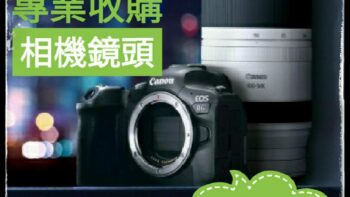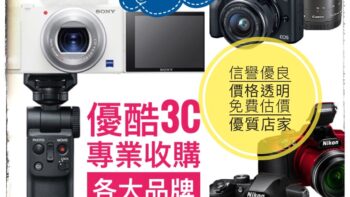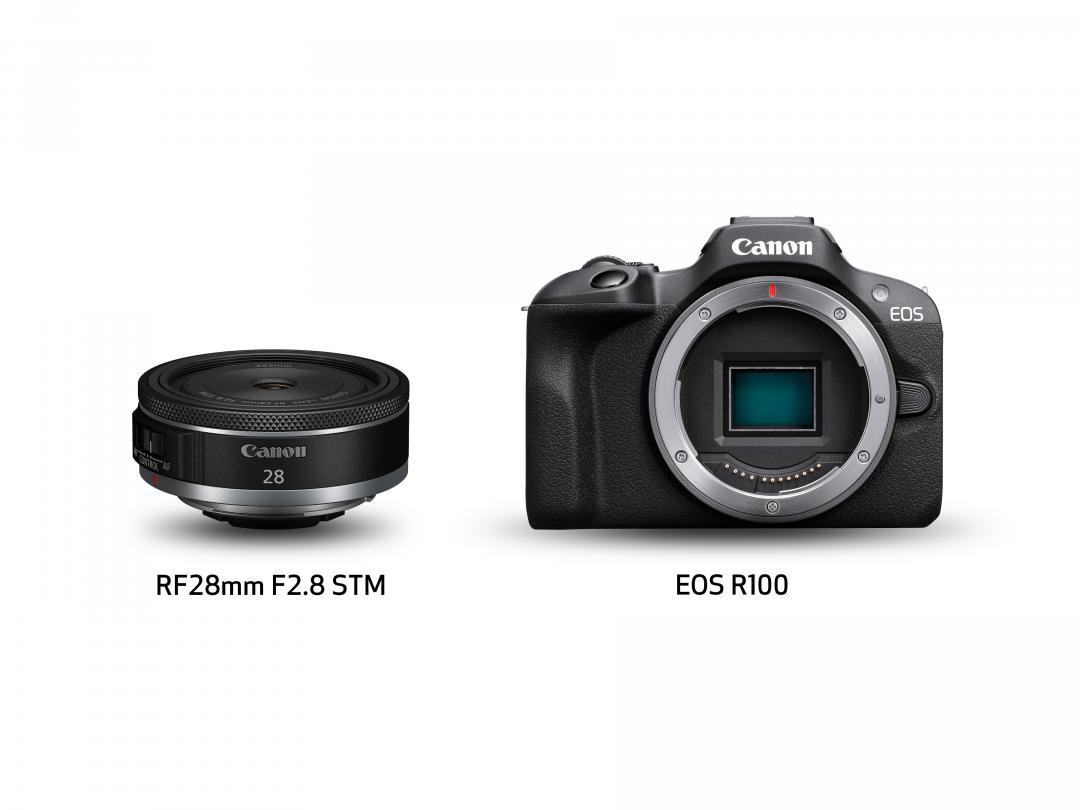高價 canon鏡頭收購 請立即與我們聯絡 收購canonRF系列,RF定焦,RF廣角,RF旅遊,收購EF-M系列,收購大三元,小三元,收購L鏡,收購Marco,二手鏡頭,全新鏡頭,鏡頭買賣,鏡頭收購 Read More ...

收購相機及鏡頭 您用不到相機鏡頭 不論新舊,都可以換現金 陪您走過每個黃金歲月的年頭,現在因為家庭或工作總總因素,這些可愛的相機及鏡頭寶貝們,除了躺在倉庫,安靜在防潮箱等候主人帶它們出勤之外,應該可以有個兩全其美的辦法"就是讓給有緣人",讓它再度發揮存在地球上的價值吧!

高價 canon鏡頭收購 請立即與我們聯絡 收購canonRF系列,RF定焦,RF廣角,RF旅遊,收購EF-M系列,收購大三元,小三元,收購L鏡,收購Marco,二手鏡頭,全新鏡頭,鏡頭買賣,鏡頭收購 Read More ...

線上估價 我們是專業的3C收購,高價收購您不用的3C產品,價格好不怕您比較!! 我們專業經營各項3C高價回收,清運協助,可開立單據,多通路多管道,非坊間垃圾回收價,價格不怕您比較,歡迎企業戶汰舊換新, Read More ...

中古鏡頭收購 canon 鏡頭收購,二手鏡頭收購,全新鏡頭收購,收購nikon鏡頭,收購sony鏡頭,收購leica鏡頭,收購fujifilm鏡頭,收購panasonic鏡頭,收購zeiss鏡頭,收購 Read More ...

高價 nikon鏡頭收購 請立即與我們聯絡 收購nikone鏡頭,收購nikon z,收購nikon z 40mm,z 50mm,z 35mm,z 20mm,z 24mm,z 28mm,收購af-s Read More ...

SONY鏡頭收購 全新SONY鏡頭收購 E-Mount鏡頭,FE 24-70MM,VCL-ECU2,FE 24-105MM,E PZ 18-105MM,FE 16-35MM,FE 35MM FE 70 Read More ...

PENTAX 鏡頭收購 標準定焦 (35-50) 廣角定焦 (21-31) 望遠定焦 (118-200) 中望遠定焦 (55-100) 超望遠定焦 (236-560) 廣角變焦 (20-82.5) 超 Read More ...
中古鏡頭收購
/
Tech company 中古鏡頭收購canon has come up with a downright dystopic way to tackle the problem of workplace morale: it’s installed cameras with AI-enabled “smile recognition” technology in the offices of its Chinese subsidiary 中古鏡頭收購canon Information Technology. The cameras only let smiling workers enter rooms or book meetings, ensuring that every employee is definitely, 100 percent happy all the time.
This depressing tale was highlighted in a report from The Financial Times on how Chinese companies are surveilling employees to an unsettling degree with the help of AI and algorithms. Firms are monitoring which programs employees use on their computers to gauge their productivity; using CCTV cameras to measure how long they take on their lunch break; and even tracking their movements outside the office using mobile apps.
“Technologies are increasing the pace for people who work with machines instead of the other way around”
As the King’s College London academic Nick Srnicek told the FT: “Workers are not being replaced by algorithms and artificial intelligence. Instead, the management is being sort of augmented by these technologies […] Technologies are increasing the pace for people who work with machines instead of the other way around, just like what happened during the industrial revolution in the 18th century.”
中古鏡頭收購canon Information Technology actually announced its “smile recognition” cameras last year as part of a suite of workplace management tools, but the technology doesn’t seem to have gotten much attention. Indeed, the fact it passed under the radar is a good illustration of just how common surveillance tools like this are becoming — and not just in China.
Although readers in the West sometimes have a tendency to dismiss the sort of surveillance described by the FT as a foreign phenomena, countries like the US and UK are just as culpable. Amazon is perhaps the prime example of this dynamic: it’s known for squeezing every ounce of effort from its warehouse workers at the expense of their health, and even ranking their productivity using algorithms before firing those at the bottom of the scale.
Such modern-day Taylorism is not restricted to blue collar jobs, either: many modern software suites like Microsoft 365 come with built-in surveillance tools. And with more people working from home because of the pandemic, more companies are deploying these features for fear of losing control over their workers. (Or, for a slightly more cynical read: they’ve always wanted to use these tools and the pandemic provides a handy pretext.)
In other words: AI-enabled smile recognition cameras are in many ways the least dangerous types of surveillance technology. They have the benefit of being obvious. Other systems of control are much more subtle, and probably coming to an office near you sometime soon.
 (圖/翻攝中古鏡頭收購canon官網)
(圖/翻攝中古鏡頭收購canon官網)
一年一度由日本相機工業協會正式評選的「最具歷史性相機」,正式公佈 2023 年獲選的 4 大機款,不只是比技術的創新,更有像是 中古鏡頭收購canon 以划算的入門價格獲得肯定。
「最具歷史性相機」主要聚焦於日本相機品牌,每年都會選出最具有代表性的產品,可能是技術創新,又或者是最受歡迎,被視為有一定歷史定位的相機。今年入選的分別為 中古鏡頭收購canon EOS R100、Nikon Zf、Pentax K-3 Mark III Monochrome 及 Sony 發佈的DSC-HX99 RNV Kit 視網膜投影相機組。
日本相機工業協會針對每一款機型列出入選原因,像是 中古鏡頭收購canon EOS R100 就是出自於它的平價,單機身僅需 480 美元(約 14,997 元),可惜尚未於台灣上市。Nikon Zf 則不只是有高顏值,最具意義的是在無反相機內,首度加入連結對焦點功能,帶來 8.0 級防手震的 VR 模組。
Sony 旗下的 DSC-HX99 RNV Kit 視網膜投影相機組,則是一款瞄準特殊用途的相機,藉由雷射是網膜投影技術,讓視力受損的民眾也能享受拍照樂趣。專攻黑白照片的 Pentax K-3 Mark III Monochrome,則是首款採用單色專用感光元件的單反相機。
中古鏡頭收購 中古鏡頭收購